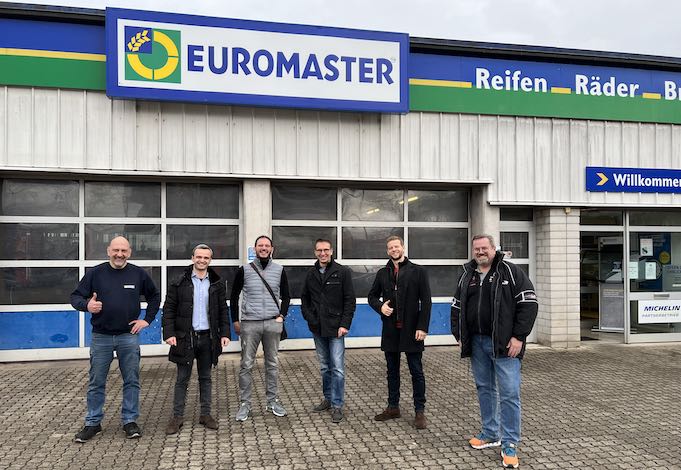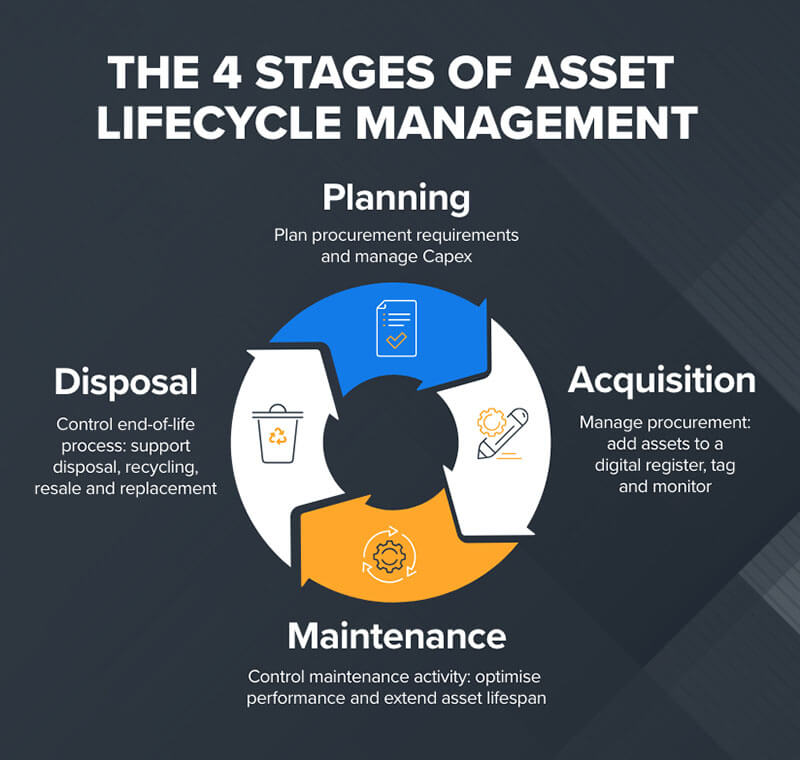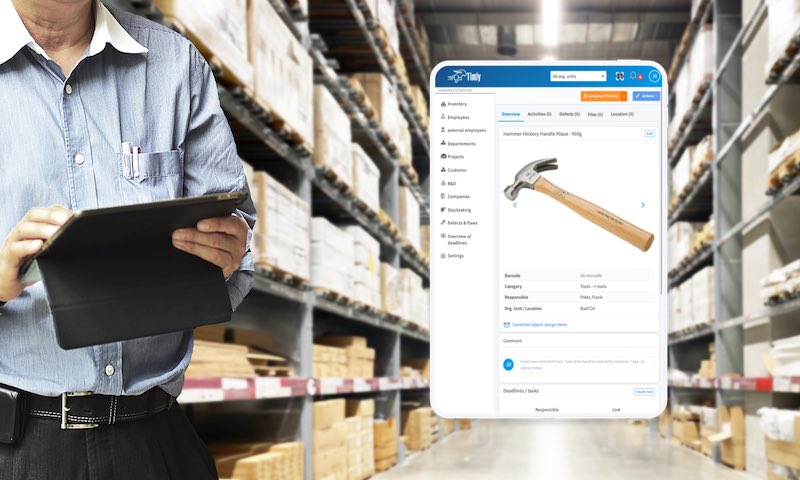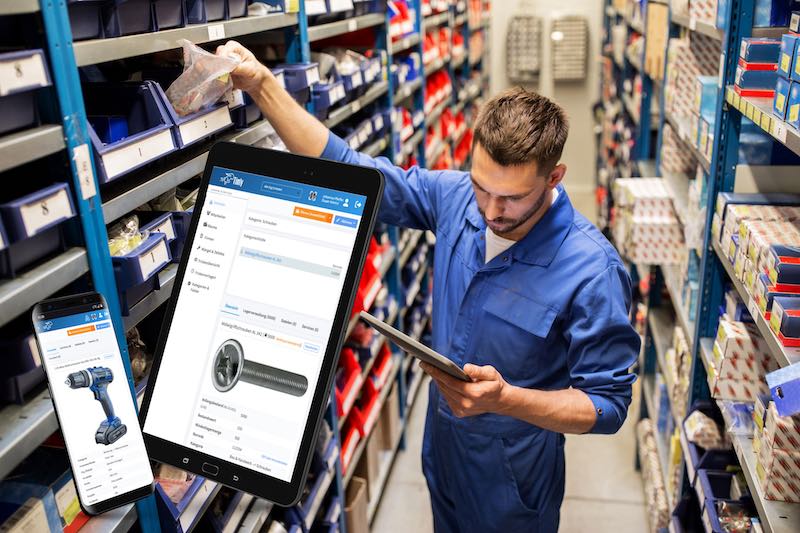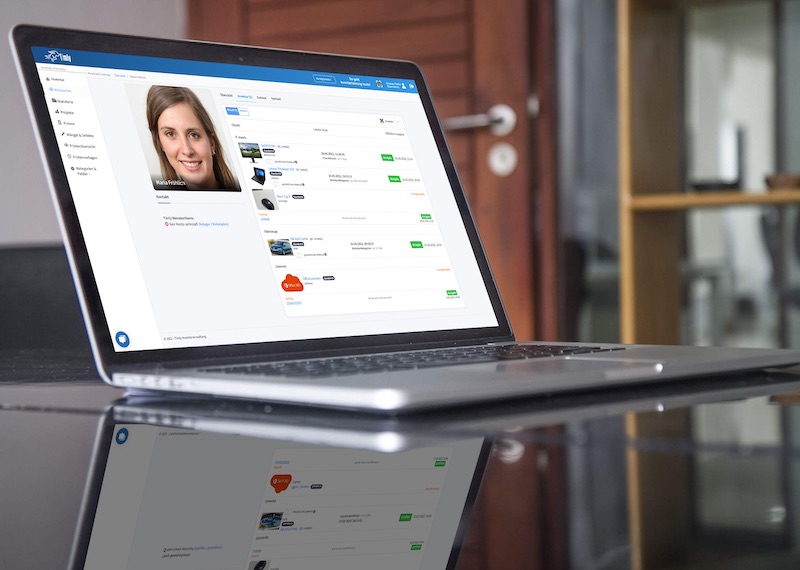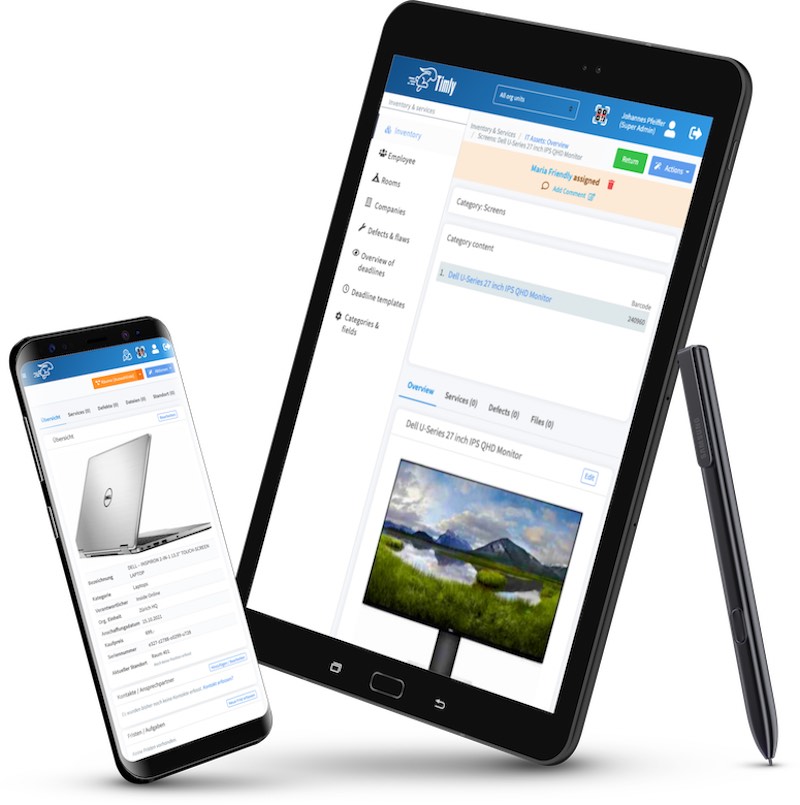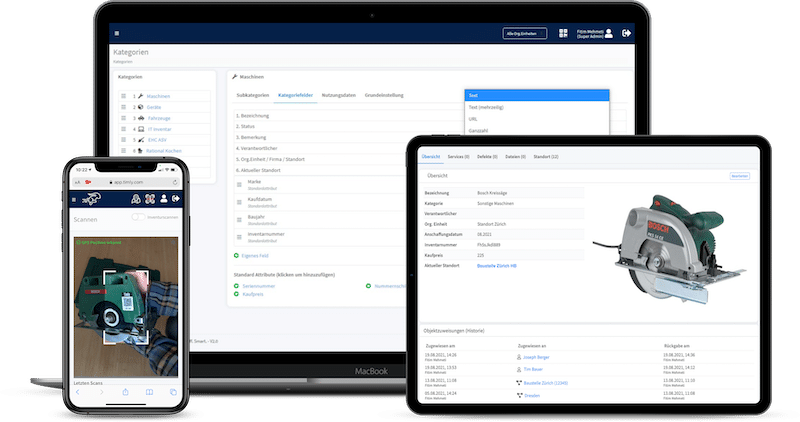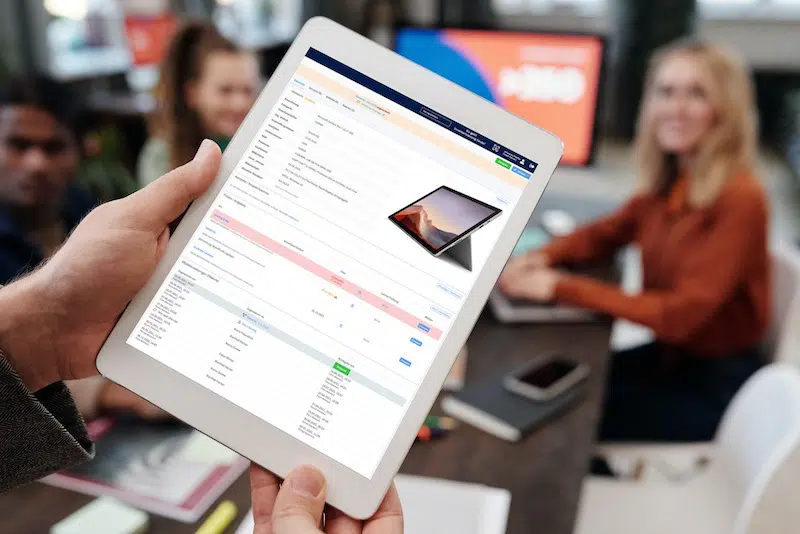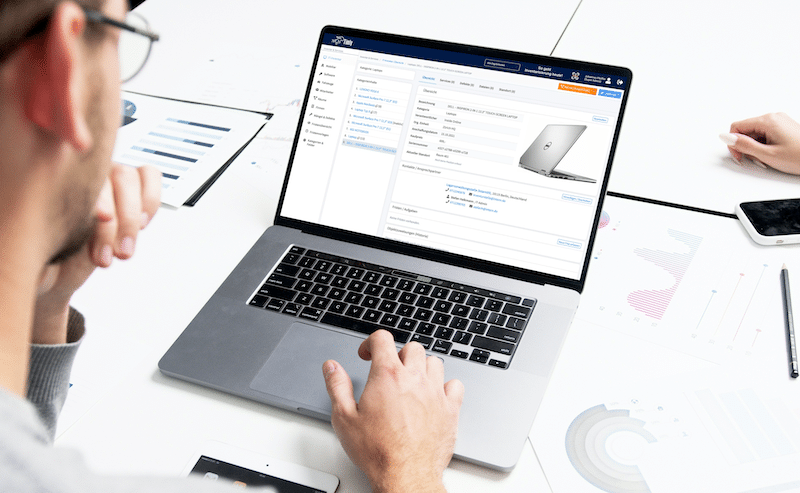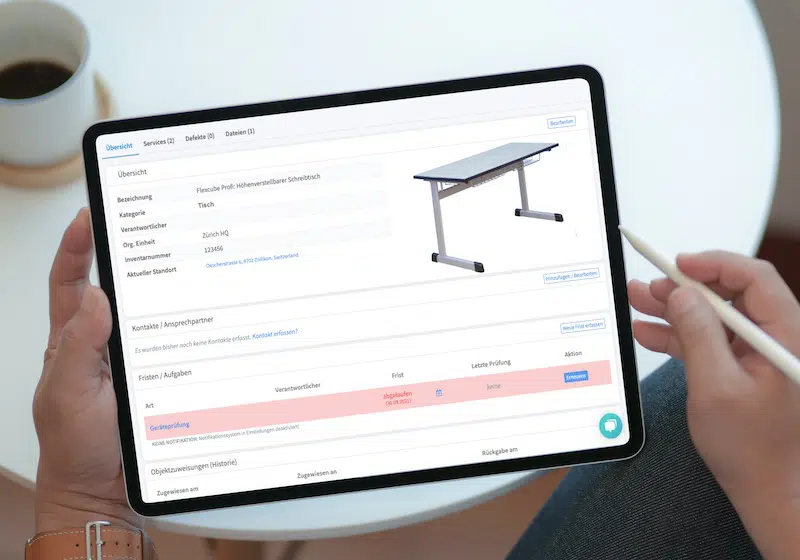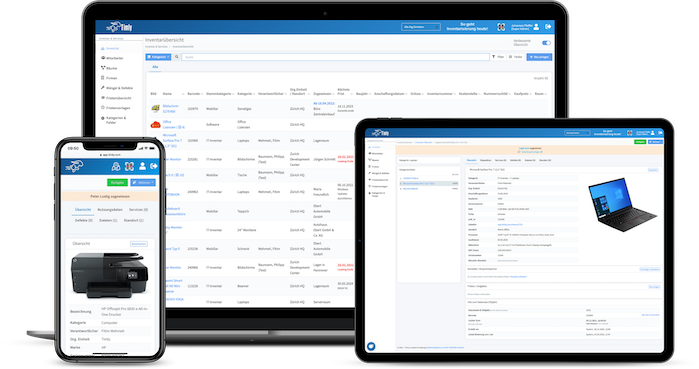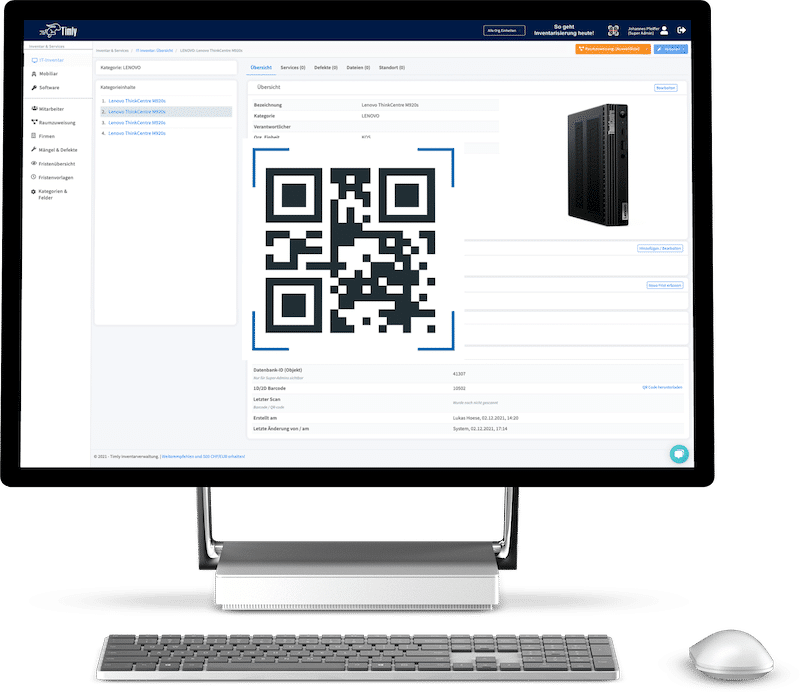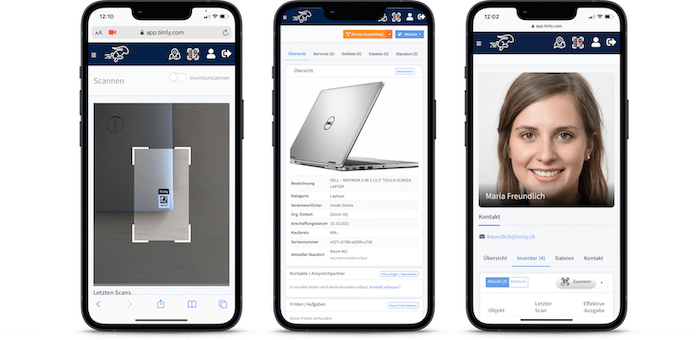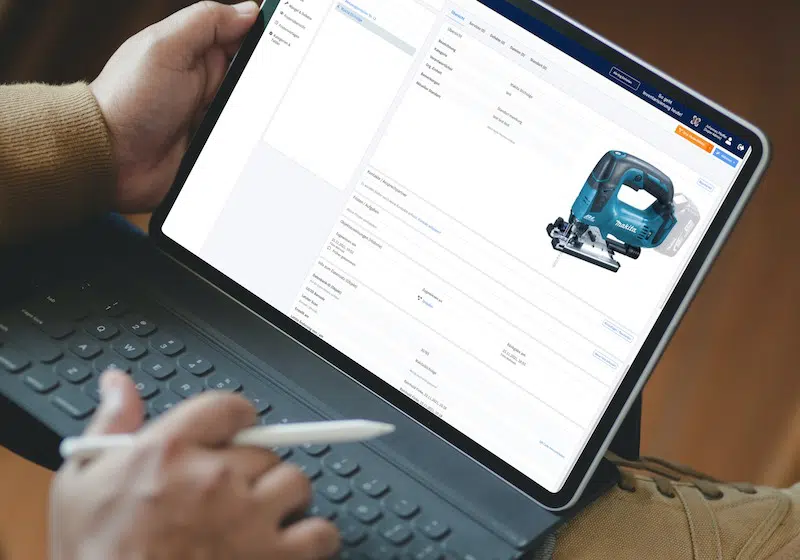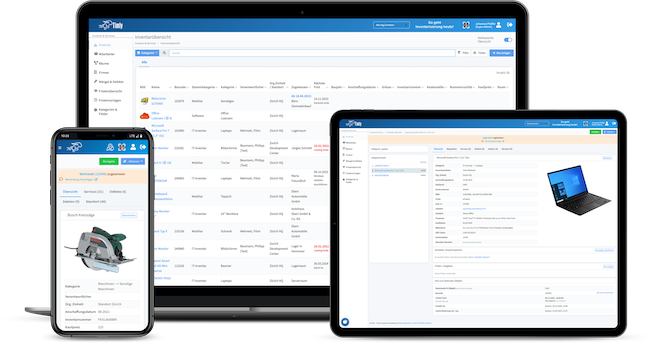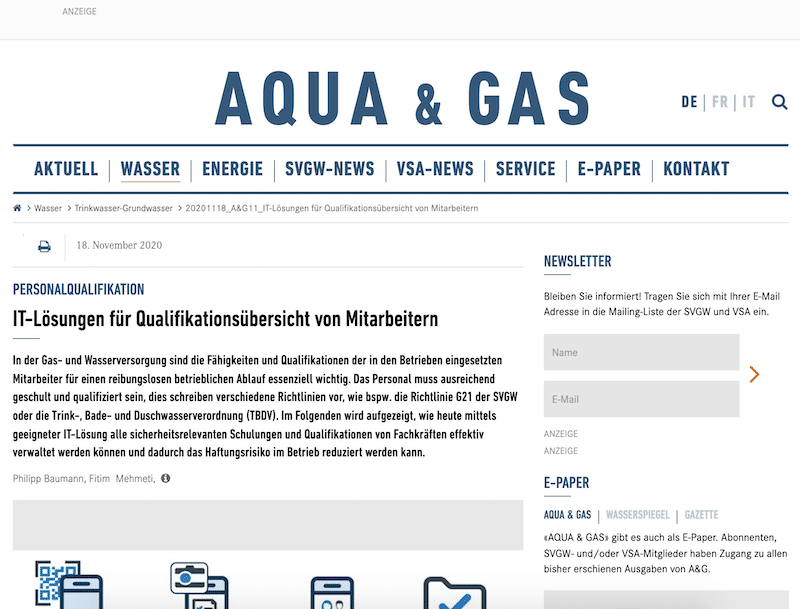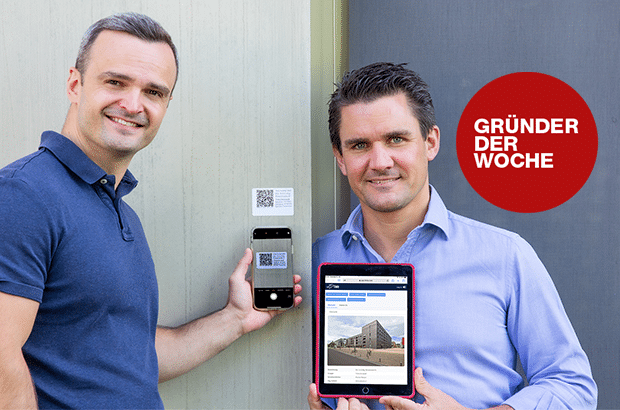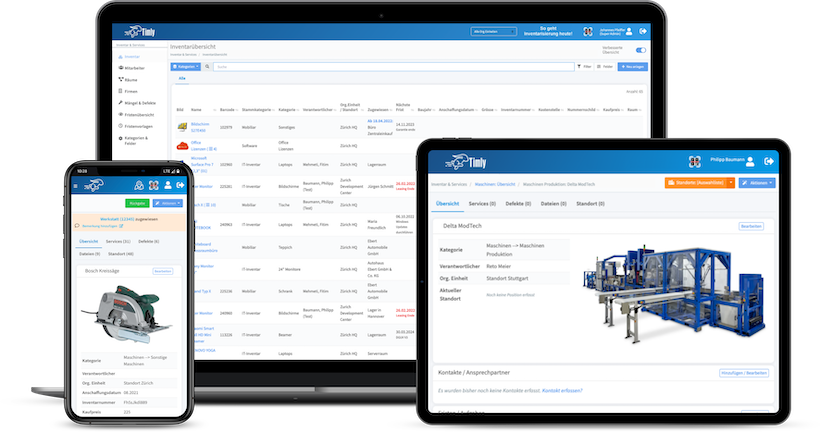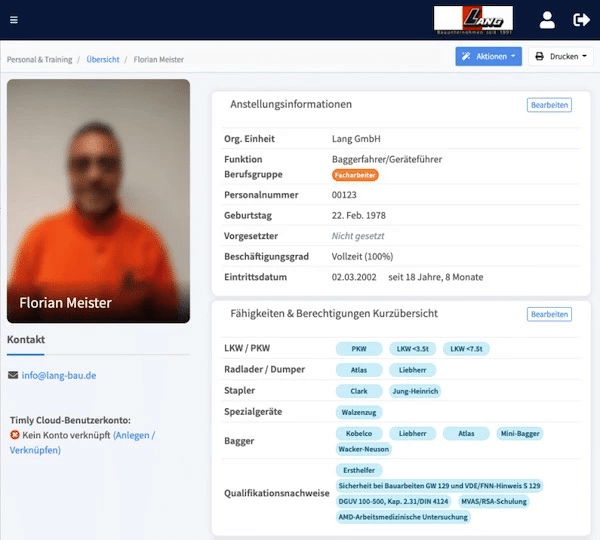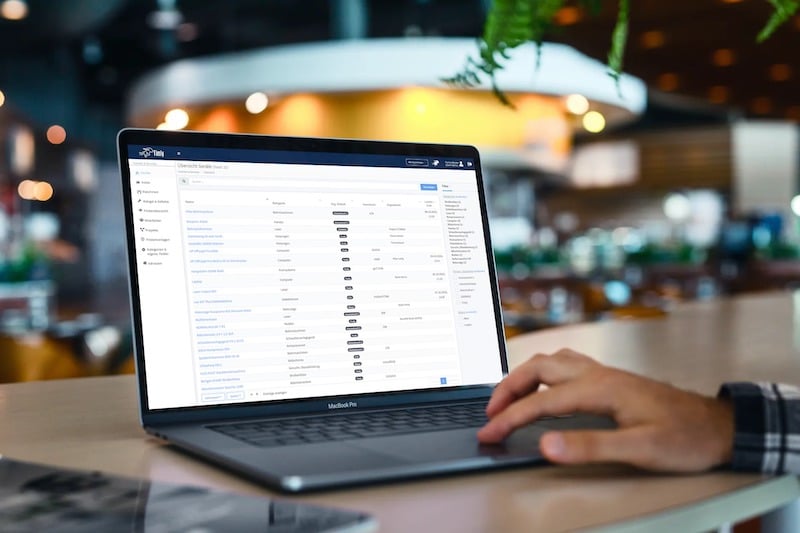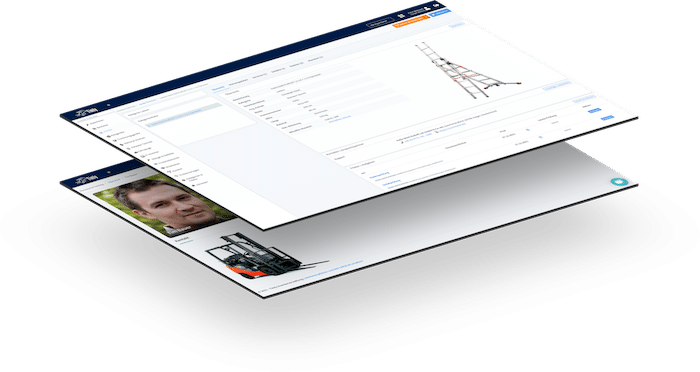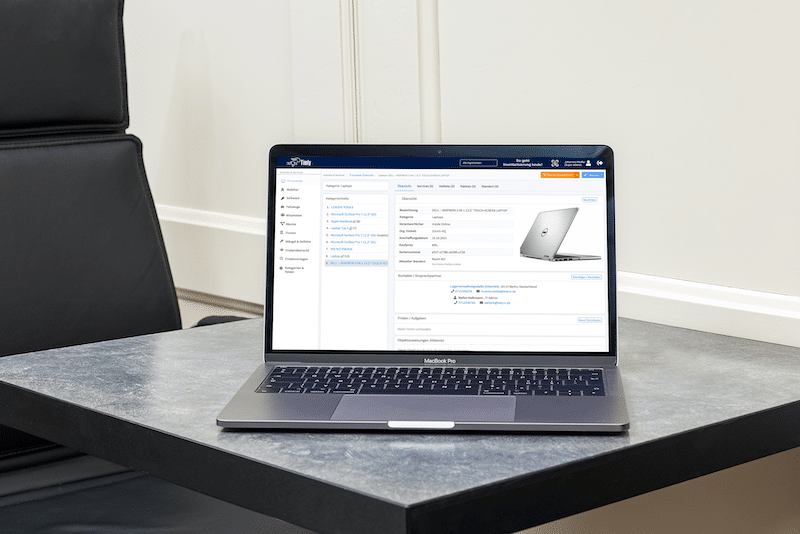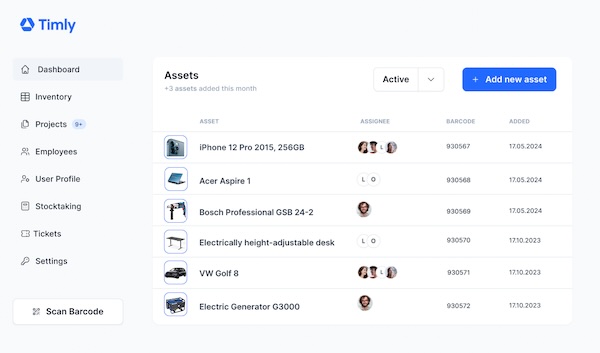
Key Takeaways:
- DAM systems are designed to streamline digital workflows and facilitate the easy categorization and editing of digital assets.
- By utilizing DAM systems, organizations can ensure that all their sensitive and crucial data is stored securely.
- When considering scalability and flexibility, organizations need to evaluate the different types of DAM available, including enterprise, cloud-based, open-source, and on-premise solutions.
- DAM is crucial for brand management and for enhancing the productivity of marketing teams.
In This Article:
- What Is Digital Asset Management, and Why Does It Matter?
- How Do Digital Asset Management Systems Enhance Business Operations?
- Selecting the Right Digital Asset Management System: What to Consider
- Digital Asset Management in Marketing: Maximizing Impact
- Asset Management Software in Use by Our Customers
- Digital Asset Management vs. Other Systems: Understanding the Differences
- Implementing a Digital Asset Management System in Your Organization
- Challenges and Solutions in Digital Asset Management
- The Future of Digital Asset Management: Trends and Predictions
- Frequently Asked Questions About Digital Asset Management Systems
What Is Digital Asset Management, and Why Does It Matter?
Digital Asset Management (DAM) is a system used to store, organize, manage, and recover assets that are digitized. This helps businesses reduce the time it takes to design a lifecycle and helps increase their growth in the marketplace. To know what a digital asset is, we could start by looking at digital asset management system examples, to get a better idea of what the system looks like. A digital asset is any file used to provide information within a business or organization. This can range from videos and images to sensitive government documents or corporate presentations.
DAM is important because it plays a significant role in safeguarding your assets, ensuring they are robust and providing a secure means of controlling access to your digital resources. By employing a single, secure platform, this system mitigates the risk of unauthorized access, data breaches, or loss or theft of information. Therefore, it is imperative for organizations to understand their DAM requirements and obtain proper data and analytics to engage effectively and maintain state-of-the-art content. With a robust and secure system in place, companies can make better decisions, optimize their content, and allocate resources more effectively.
How Do Digital Asset Management Systems Enhance Business Operations?
Digital Asset Management systems enhance business operations by improving efficiency, organization, security, and control.
- Efficiency and Organization: DAM systems streamline asset organization and retrieval, ensuring that users can easily locate current assets without extensive searching. Each digital asset can be categorized, and users can track when assets were last accessed.
- Security and Control: DAM systems provide robust security measures, thus, ensuring that digital assets are protected. Access to assets is managed through different authorization levels, allowing administrators to control who can modify or edit assets. This ensures that files are secure and accessed only by authorized personnel.
Over 600 Companies, Schools and Cities Rely on Timly
(No credit card required)
Selecting the Right Digital Asset Management System: What to Consider
- Functionality: Core functionality such as editing, creation, design, and metadata management should be taken into consideration when choosing the right type of digital asset management system. However, one should not let the UI be the core function when it comes to selecting a DAM.
- Permissions: DAM systems provide encryption, access control, and permissions settings. This prohibits any unauthorized access.
- Scalability: As companies continue to grow, DAM systems need to scale as well to fit the company’s needs and growth.
When considering DAM solutions, there are various categories that organizations need to evaluate based on their functionalities.
- Enterprise: Typically tailored for large organizations, these solutions boast extensive digital media libraries. They offer advanced features that make them scalable and robust, facilitating workflow automation and seamless integration with other enterprise systems.
- Cloud-Based: These systems are hosted on remote servers and can be accessed from anywhere with an internet connection. They offer lower costs and the advantage of easy scalability.
- On-Premise: These solutions are installed and maintained locally. They require local technical support and necessitate servers, infrastructure, and an understanding of how to manage IT assets inventory.
- Open-Source: Open-source solutions are known for providing modification and customization to suit specific organizational needs. They lean towards cost-saving benefits but require technical expertise for customization.
- Hybrid: This is mostly the go-to for most companies as it uses both cloud-based and on-premise systems. Hence, the system would be more flexible and provide better control over the usage and storage of digital assets.
- Industry-Specific: This system is designed mainly for industry-specific organizations such as healthcare, media, or finance. It has unique features and is able to regulate workflow requirements.
- Software as a Service (SaaS): This solution is cloud-based and has a subscription fee tied to it. One unique feature of this solution is that it offers scalability and accessibility.
- Brand Asset Management (BAM): For those who are brand managers, this solution works on managing assets like logos, fonts, and offers guidelines to those who require brand integrity.
When considering the appropriate type of digital asset management (DAM) for your organization, you will need to factor in the variables that are essential for your organization’s growth. Hence, careful analysis and implementation are crucial for your organization’s growth. If you’re a small business seeking an intuitive and cost-effective DAM system, discover how Timly’s digital asset management software for small businesses can support your growth and streamline your workflows
Digital Asset Management in Marketing: Maximizing Impact
Digital asset management is crucial in marketing as it helps maximize the impact and role of brand management and enhances collaboration.
- Role in Brand Management: To ensure effective brand management, it is essential to consolidate all assets in a single location. Additionally, digital assets must be readily accessible for use, which is vital in marketing activities. With all necessary information available, including up-to-date assets, workflows can be streamlined when creating content.
- Enhancing Collaboration: Utilizing DAMs enables collaboration among team members and across different departments. With all information centralized and accessible functionalities, everyone can have the appropriate access to utilize, modify, and share digital assets, fostering enhanced collaboration.
Asset Management Software in Use by Our Customers
The Timly software is continuously evolving to meet the needs of our customers. In various success stories, we show you how Timly optimizes processes in companies, thereby saving significant effort. With Timly, inventory management becomes child’s play.

Optimized Device Management With Innovative Self-Inventory
SodaStream is the world market leader for water sparkling systems for domestic use and has a lot of IT equipment at its various locations. Many colleagues now work from their home offices. A digital solution for the efficient management of IT end devices became necessary...

Panasonic x Timly: Driving Technological Innovation
One of the most remarkable aspects of human ingenuity is our ability to innovate. Innovation is embedded in the DNA of consumer electronics giant Panasonic, which has diversified into a number of sectors, from heavy industry to construction...
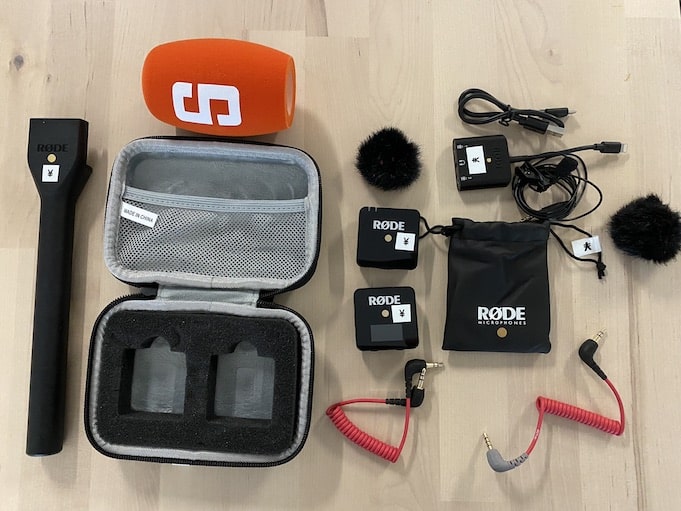
Manage Video Equipment Efficiently Without Much Effort
The Hamburg media company always does outstanding journalistic work and is characterized by independent reporting. In order to maintain journalistic quality, the teams work with highly specialized devices – these need to be managed efficiently...

Smart City Asset Management – Timly in Use at DIGOOH
The core business of DIGOOH Media GmbH in Cologne is to manage digital city light posters (DCLP) for outdoor use in various cities in Germany. The challenge here lies in making the client’s communication message always available at the right time, in the right place...
(No credit card required)
Digital Asset Management vs. Other Systems: Understanding the Differences
There are many other systems out there other than DAM. One is a content management system (CMS), and the other is a general storage solution.
- DAM vs. CMS: The difference between CMS and DAM is that CMS focuses mainly on building a website from scratch. It has properties that are similar to a DAM, but its main focus is to manage everything that is located on the website. On the other hand, DAM focuses on managing an organization’s digital assets.
- Specialized DAM Solutions: DAM also differs from storage solutions like Dropbox or even Sharepoint. That is because DAMs focus on a huge amount of files that need instant access and also provide access to files and folders securely. To add to that, DAM provides more flexibility than storing and sharing files.
Implementing a Digital Asset Management System in Your Organization
By implementing a DAM system, it will have a significant impact on the company’s marketing team. Not only does it increase the speed at which things are shared, but it also accelerates product launches and boosts sales revenue. There are various approaches to implementing a DAM system. However, here are a few factors to consider:
Design Phase:
Functionality:
Remember that a DAM is more than just a file storage system; it’s a platform to leverage various functionalities and integrations to manage and utilize your digital assets. Functionality comes with costs and requires workflow management.
Use Cases:
Local Implementation:

Training and Adoption: Teams need to receive extensive training to increase software adoption rates. Whether the DAM system is intuitive or not, staff should be familiar with its features and how they can simplify their tasks. Furthermore, understanding that a DAM system promotes collaboration ensures streamlined workflows. Identifying initial issues during the adoption process allows for their timely resolution, enhancing the effectiveness and efficiency of using a DAM system.
Challenges and Solutions in Digital Asset Management
Integration With Other Solutions
Not Considering UI
Authority Bias
How do you overcome these challenges? The answer is simple. Ensure that the DAM system can integrate with your existing application. Addressing this requirement in the initial phases is crucial. Additionally, bugs or errors during implementation and integration must be thoroughly investigated to ensure that the product is built for such advanced integration. Secondly, it’s not just about the UI; consider the AI functionalities as well. Don’t be swayed solely by the product’s appearance; focus on how its functionalities can help your organization scale and grow. Lastly, remember that experts are often biased towards their products. Therefore, evaluate the solution provided objectively and assess how it can streamline workflows, increase efficiency, and boost productivity. This is crucial for avoiding DAM implementation mistakes.
The Future of Digital Asset Management: Trends and Predictions
As AI and machine learning technologies continue to evolve, so do digital asset management (DAM) systems. AI can be extensively integrated into DAMs to align with the company’s objectives, address any issues, and automate tasks such as tagging and describing the usage and functionality of digital assets. Machine learning advancements enable the development of algorithms tailored to meet business needs and identify patterns within the organization, offering strategic solutions.
The potential for AI, machine learning, and similar technologies to integrate with DAM and current market analysis is boundless. Presently, markets are focused on unveiling new trends and solutions to cater to customer demands. Therefore, by leveraging DAMs, businesses gain access to updated information that can be tailored to meet market requirements. Furthermore, fostering collaboration and facilitating growth are crucial for businesses aiming to expand their client base.
Frequently Asked Questions About Digital Asset Management Systems
What Are the Key Advantages of Using a Digital Asset Management System?
How Does a Digital Asset Management System Differ From Regular Storage Solutions?
Recommended for You:
Book an online demo - free and without obligation - or create your free trial account directly.






